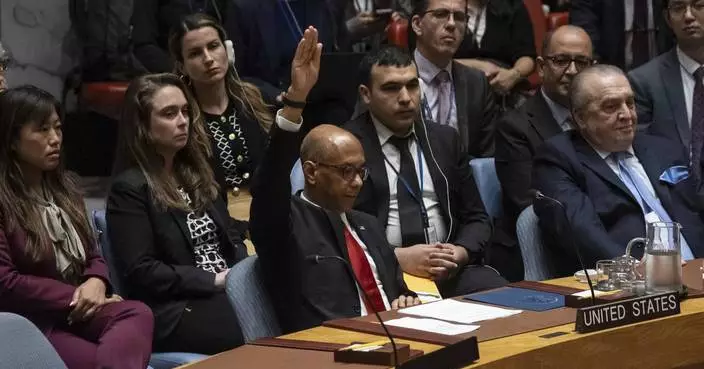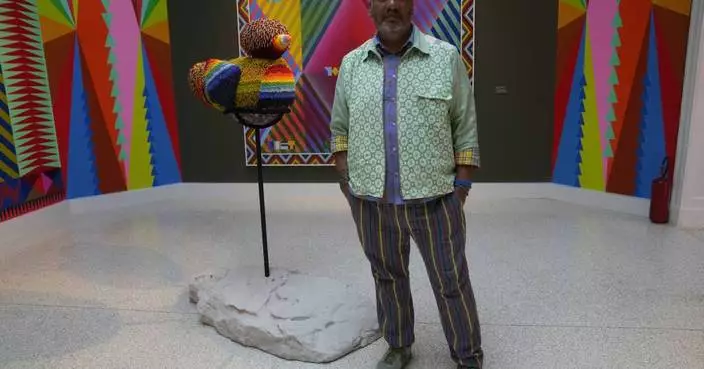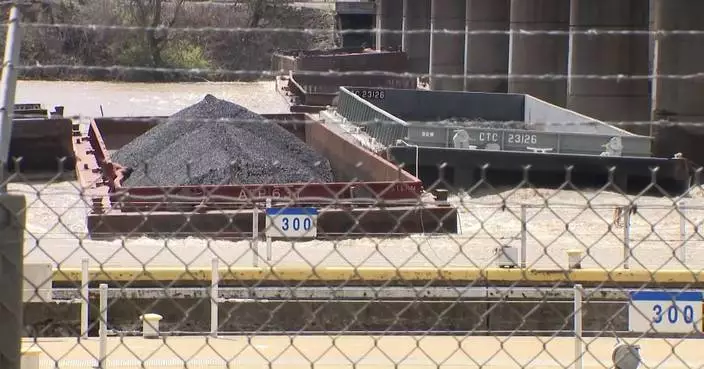The first judgment is expected Monday in a lawsuit from a state government seeking to hold a drug company accountable for a U.S. opioid crisis that has ripped apart lives and communities. More trials and legal settlements are likely to follow the ruling in Oklahoma as the nation looks for answers and solutions to a massive societal and legal problem.
Following are questions and answers about the opioid crisis.
Q: What are opioids and how are they used?
A: They're an addictive family of drugs that block pain signals between the body and brain. They include prescription painkillers such as Vicodin and OxyContin as well as illegal drugs such as heroin and illicit versions of fentanyl. Until recent decades, they were prescribed largely for pain for patients with cancer, at the end of their lives, or with acute pain, such as after surgery. Since the 1990s, there's been a push in the medical world, partly funded by drug companies, to do better at treating pain — and opioids came to be seen as part of the solution.
Q: Are opioids used to treat chronic pain?
A: Yes. That's one of the results of the push to do more to treat pain. But recent studies have questioned their effectiveness with chronic pain and the U.S. Centers for Disease Control and Prevention has told prescribers to be cautious about using the powerful drugs to treat patients with long-term pain. Experts say the longer patients are on the drugs and the higher the doses they receive, the more likely they are to develop addictions. Also, more people with prescriptions means more access to the drugs for recreational users and addicts.
Q: When did the opioid crisis begin?
A: By the early 2000s, the death toll from opioids was rising and there were growing numbers of thefts of drugs from pharmacies. In 2007, Purdue Pharma, the maker of OxyContin, paid a $634 million fine and pleaded guilty to understanding the addiction risks of the drug. But the crisis only deepened after that. Prescriptions flowed freely at "pill mill" clinics, especially in Florida, where drug dealers would get drugs and spread them around the country.
Q: How many people have opioids killed?
A: The U.S. Centers for Disease Control and Prevention has tallied more than 400,000 opioid-related deaths across the country since 2000, including more than 47,000 in both 2017 and last year. In recent years, opioid overdoses have been the nation's largest cause of accidental deaths, ahead of even automobile accidents. The death tolls per capita have been the highest in the same places as the highest prescription rates. The Appalachian region has been hardest hit.
Q: Have prescriptions stopped being given out so freely?
A: Yes. States have used databases to track prescriptions and prescribers, pill mills have been shut down and prescribers have become more conservative in calling for the drugs since around 2011. Government guidelines and some insurance company standards have also been tightened. But as prescription rates started falling, death rates actually rose, with more addicts using deadlier illicit versions of opioids. Preliminary data shows that the death toll declined very slightly in 2018 for the first time since the crisis began.
Q: What's the financial toll of the crisis?
A: The White House Council of Economic Advisers published a report in 2017 pegging the cost of the crisis at just over $500 billion in 2015. That includes lost productivity as well as costs born by taxpayers, such as ambulance runs, jail treatment costs, and the costs of caring for children whose parents have died from opioid overdoses.
Q: Is that why so many governments are suing over opioids?
A: It's a big factor. Forty-eight states plus around 2,000 local and tribal governments have sued companies in the drug industry, arguing that those that make, distribute and sell the drugs are partly responsible for the crisis. They argue that drugs were improperly marketed and that companies failed to stop suspicious orders from shipping.
Q: What makes the cases legally complicated?
A: There are dozens of defendants and thousands of plaintiffs with different interests. State and local governments are battling over control of any settlement money before any national deals have been reached. And unlike with tobacco, which was the subject of a massive legal settlement in the late 1990s, opioids are allowed by the federal government and prescribed by doctors and other licensed medical professionals.
Q: What's happened in Oklahoma so far?
Oklahoma's public nuisance lawsuit against several drugmakers and their subsidiaries was the first in a wave of opioid litigation to make it to trial. Before the start of the six-week trial in May, Oklahoma reached a $270 million deal with Purdue and an $85 million settlement with Teva, both of which faced criticism from state lawmakers, who argued they have control over dispersing funds. The Purdue settlement calls for about $200 million to go into a trust to fund an addiction studies center at Oklahoma State University in Tulsa.
The remaining defendant, Johnson & Johnson and some of its subsidiaries, proceeded to trial. A judge who oversaw the case is expected to deliver his judgment on Monday.
Q: What's next?
A: The first federal trial, involving claims from Ohio's Cuyahoga and Summit counties, is scheduled for Oct. 21. The Cleveland-based judge in that case, Dan Polster, intends to use that as a bellwether, providing decisions that could apply to other cases. Polster is overseeing most of the opioid cases and is pushing the parties to settle.
Other cases in state and federal courts could be tried as soon as next year.
Follow Mulvihill at http://www.twitter.com/geoffmulvihill
SEOUL, South Korea (AP) — The United States and its allies are discussing options “both inside and outside the U.N. system” to create a new mechanism for monitoring North Korea over its nuclear weapons program, the American ambassador to the United Nations said Wednesday.
Russia last month vetoed a U.N. resolution in a move that effectively abolished monitoring by U.N. experts of Security Council sanctions against North Korea, which prompted Western accusations that Moscow was acting to shield its arms purchases from North Korea to fuel its war in Ukraine.
“I look forward to engaging with both the Republic of Korea and Japan, but like-minded (countries) as well, on trying to develop options both inside the U.N. as well as outside the U.N. The point here is that we cannot allow the work that the panel of experts were doing to lapse,” U.S. Ambassador Linda Thomas-Greenfield told a news conference in Seoul, using the formal name for South Korea.
Thomas-Greenfield didn’t provide specific details about U.S. discussions with allies and other partners, including whether an alternative monitoring regime would more likely be established through the U.N. General Assembly or with an independent entity outside of the U.N.
Thomas-Greenfield met with South Korean Foreign Minister Cho Tae-yul on Monday and they discussed unspecified “next steps to ensure a continuation of independent and accurate reporting” of North Korea’s illicit weapons development activities, according to her office.
Thomas-Greenfield said it was clear that Russia and China, which abstained from voting on the U.N. resolution vetoed by Moscow, will continue to try to block international efforts to maintain monitoring of U.N. sanctions against North Korea. She criticized Russia for violating those sanctions with its alleged arms purchases from North Korea, and China for protecting the North from being held accountable.
Moscow and Beijing have thwarted U.S.-led efforts to tighten U.N. sanctions on North Korea over its ramped-up ballistic missile testing since 2022, underscoring a divide between permanent Security Council members that deepened over Russia’s war on Ukraine.
“I don’t expect that they will cooperate or agree with any efforts that we make to find another path, but that is not going to stop us from finding that path moving forward,” Thomas-Greenfield said.
Thomas-Greenfield also briefly addressed questions about tensions in the Middle East. When asked about the Palestinian Authority's request to have full U.N. membership, she said a U.N resolution in support of that request would not contribute to finding a two-state solution to the Israeli-Palestinian conflict.
“President Biden has said categorically that we support a two-state solution for addressing the situation in the Middle East, where Palestinians will have a state of their own and Israel is secure in their state, and we are working on the ground to get to that place as quickly as possible,” she said.
“We do not see that doing a resolution in the Security Council will necessarily get us to a place where we can find a ... two-state solution moving forward," she added.
Tensions on the Korean Peninsula are at their highest point in years, as North Korean leader Kim Jong Un has accelerated his weapons demonstrations and issued provocative threats of nuclear conflict against rivals.
The United States, South Korea and Japan have responded by expanding their combined military exercises and sharpening their nuclear deterrence strategies built around strategic U.S. assets.
In a telephone conversation on Wednesday, South Korean President Yoon Suk Yeol and Japanese Prime Minister Fumio Kishida agreed to further strengthen three-way cooperation with Washington to counter North Korean threats and other regional challenges amid “deepening uncertainties in the international situation,” Yoon’s office said.
The Security Council imposed sanctions after North Korea’s first nuclear test explosion in 2006 and tightened them over the years in a total of 10 resolutions seeking — so far unsuccessfully — to cut funds and curb its nuclear and missile programs. The last sanctions resolution was adopted by the council in December 2017.
The Security Council established a committee to monitor sanctions, and the mandate for its panel of experts to investigate violations had been renewed for 14 years until last month.
Russia’s U.N. Ambassador Vassily Nebenzia told the Security Council before last month’s vote that Western nations are trying to “strangle” North Korea and that sanctions are losing their “relevance” in preventing the proliferation of nuclear weapons in the North.
In its most recent report circulated last month, the panel of experts said it is investigating 58 suspected North Korean cyberattacks between 2017 and 2023 valued at approximately $3 billion, with the money reportedly being used to help fund its weapons development.
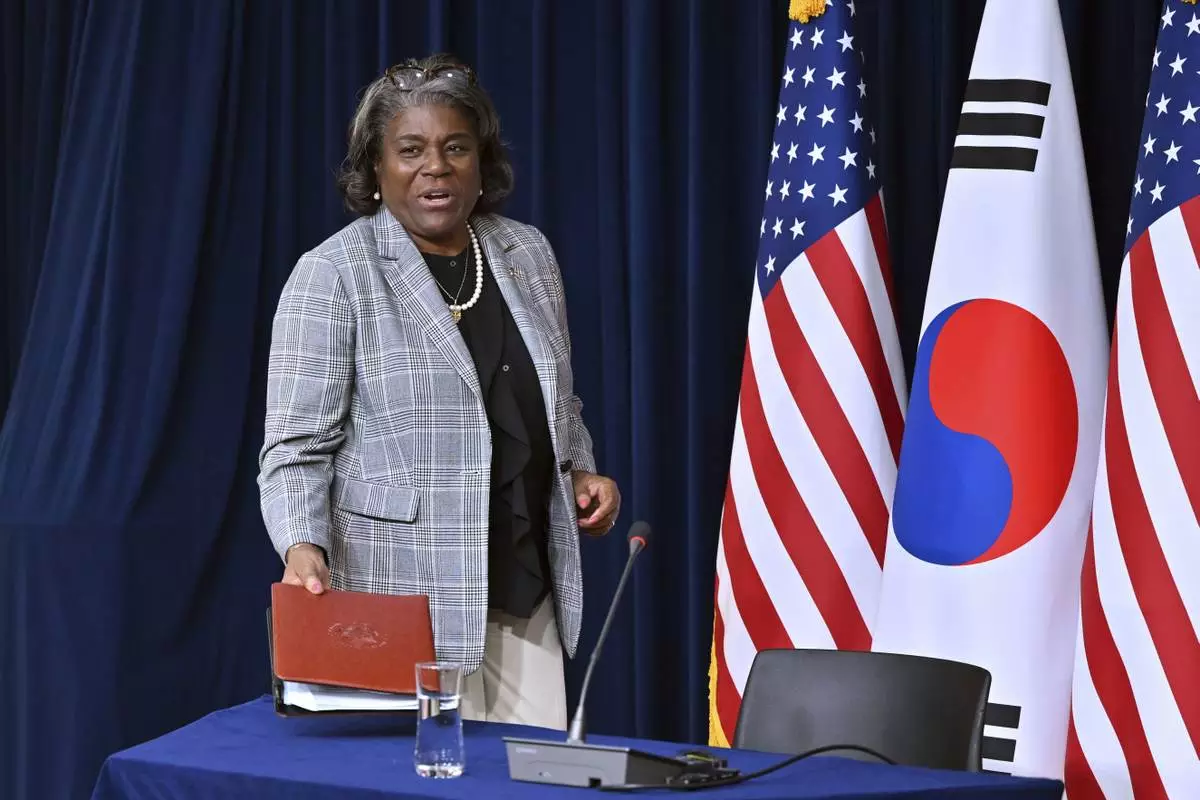
U.S. Ambassador to the United Nations Linda Thomas-Greenfield arrives to attend a press conference at the American Diplomacy House in Seoul Wednesday, April 17, 2024. (Jung Yeon-je/Pool Photo via AP)

U.S. Ambassador to the United Nations Linda Thomas-Greenfield speaks during a press conference at the American Diplomacy House in Seoul Wednesday, April 17, 2024. (Jung Yeon-je/Pool Photo via AP)
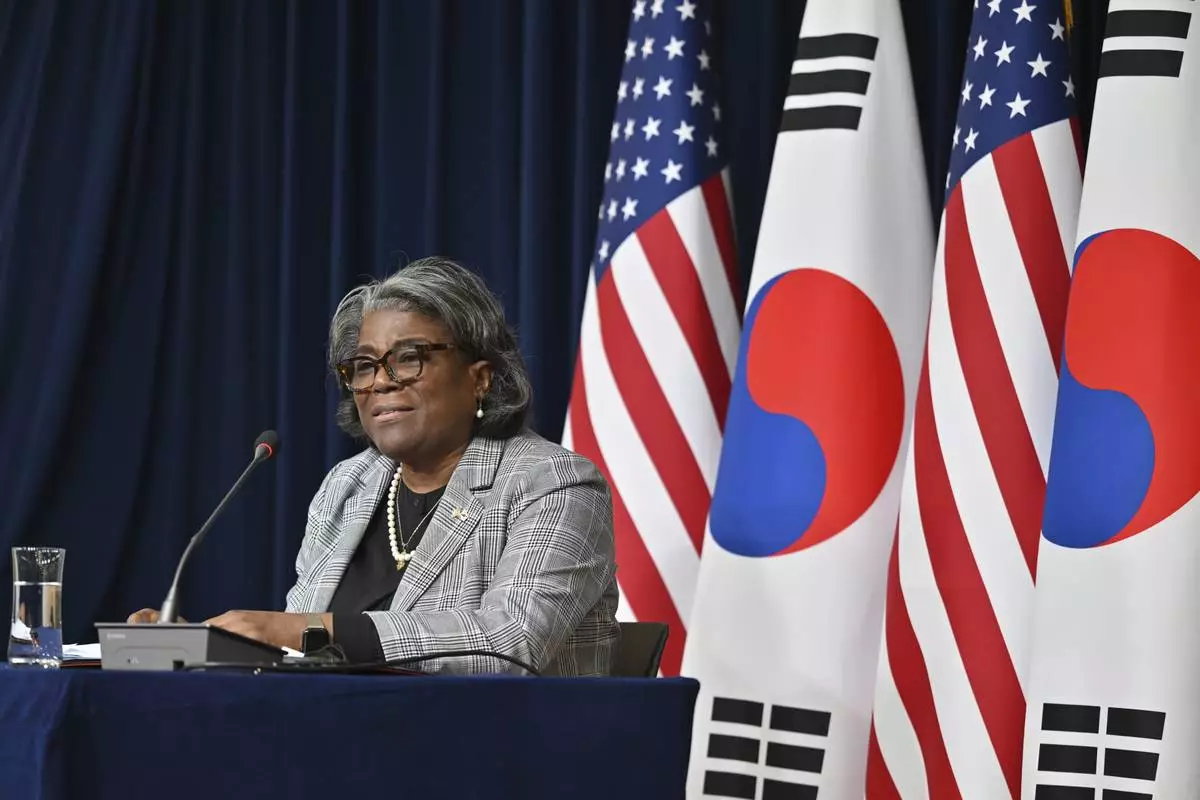
U.S. Ambassador to the United Nations Linda Thomas-Greenfield speaks during a press conference at the American Diplomacy House in Seoul Wednesday, April 17, 2024. (Jung Yeon-je/Pool Photo via AP)

U.S. Ambassador to the United Nations Linda Thomas-Greenfield speaks during a press conference at the American Diplomacy House in Seoul Wednesday, April 17, 2024. (Jung Yeon-je/Pool Photo via AP)
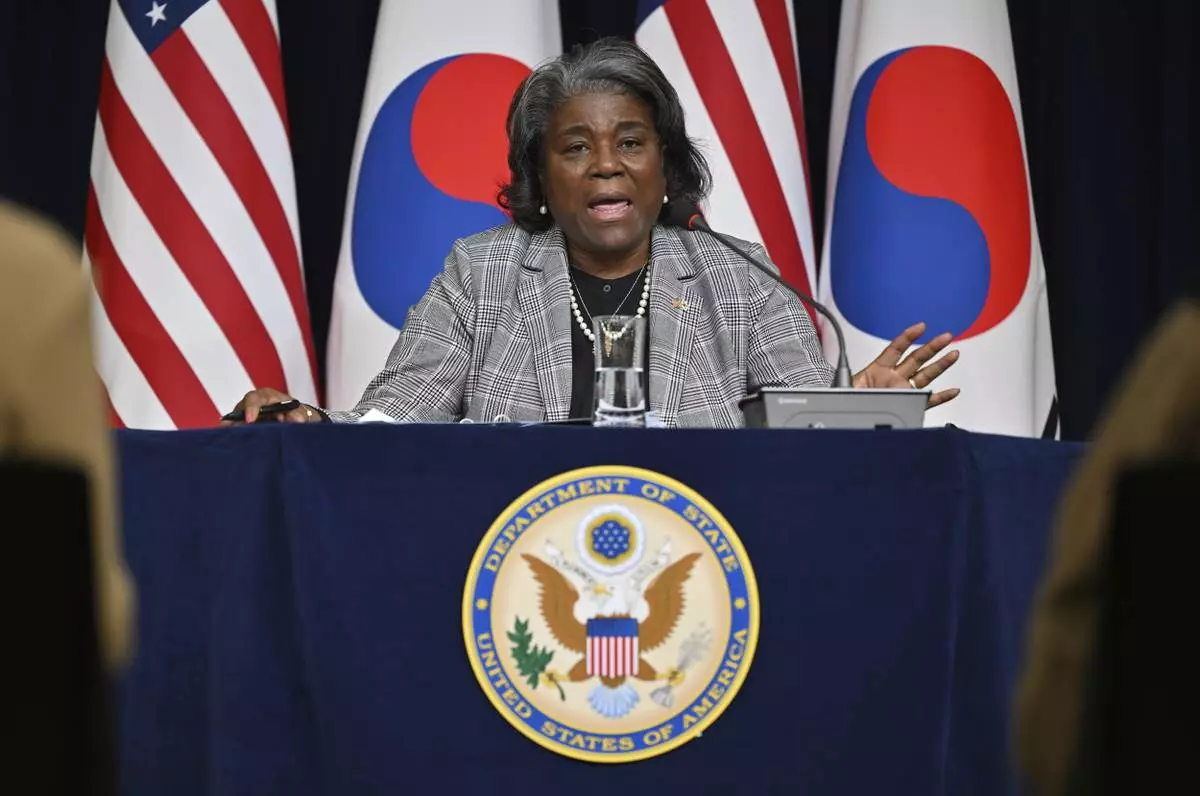
U.S. Ambassador to the United Nations Linda Thomas-Greenfield speaks during a press conference at the American Diplomacy House in Seoul Wednesday, April 17, 2024. (Jung Yeon-je/Pool Photo via AP)
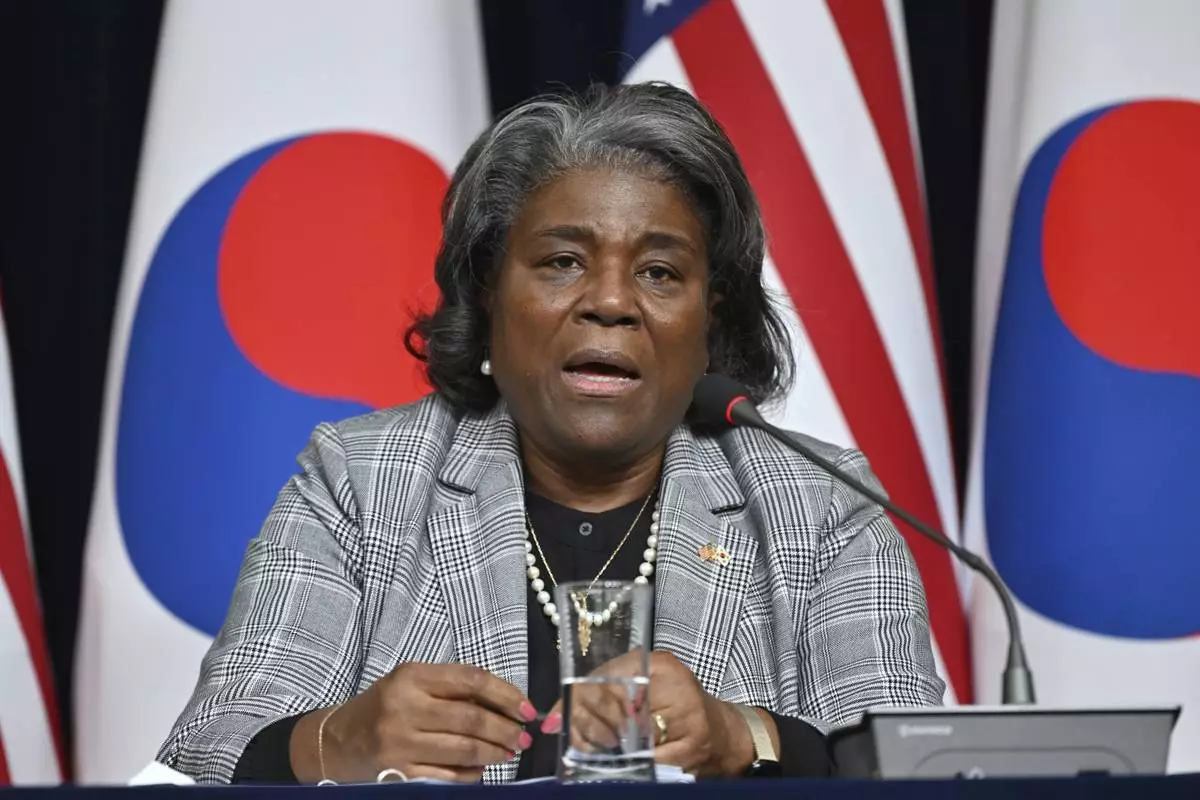
U.S. Ambassador to the United Nations Linda Thomas-Greenfield speaks during a press conference at the American Diplomacy House in Seoul Wednesday, April 17, 2024. (Jung Yeon-je/Pool Photo via AP)









